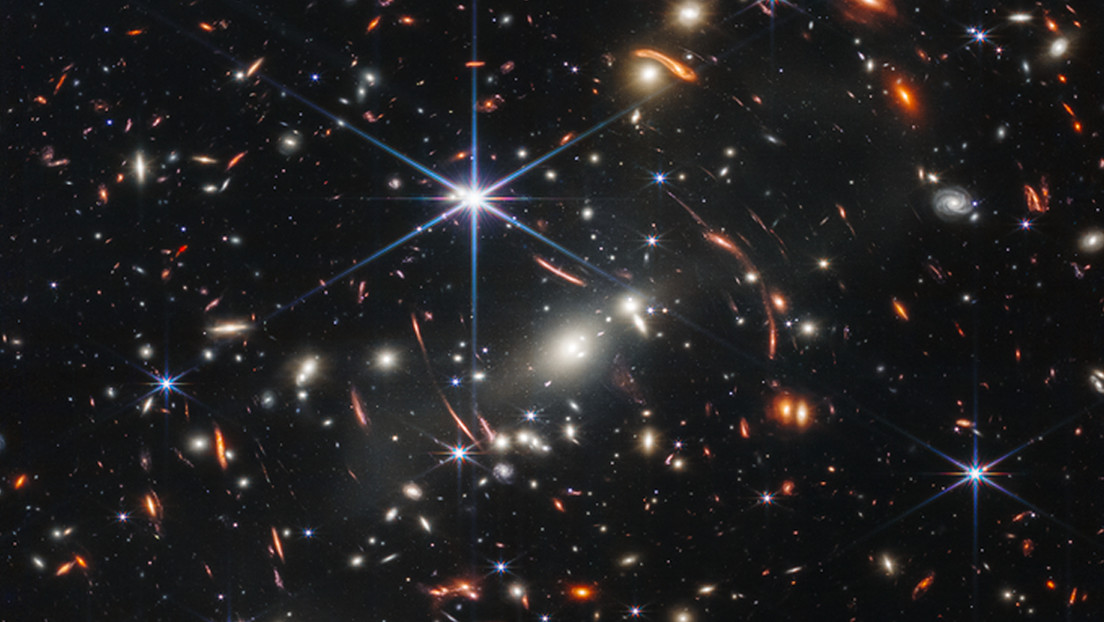 The James Webb Space Telescope, operated jointly by ESA, NASA and the Canadian Space Agency, has detected the most distant spherical sets of stars (globular clusters) ever discovered. These are dense formations that could contain the first and oldest stars in the universe.
The James Webb Space Telescope, operated jointly by ESA, NASA and the Canadian Space Agency, has detected the most distant spherical sets of stars (globular clusters) ever discovered. These are dense formations that could contain the first and oldest stars in the universe.
The telescope’s data record was analyzed by researchers from a Canadian interuniversity team who focused on what they called the Sparkler galaxy, The Astrophysical Journal Letters details an article published on September 29 in the Astrophysical Journal Letters.
The peculiar name of the galaxy comes from the small yellow and red dots that surround it and which scientists nicknamed 'sparks' ('sparkles'). According to the Canadian team, these glows could be young globular clusters, agglomerations that housed stars born approximately 3 billion years after the Big Bang.
"We’re looking at the [galaxy] Sparkler as it was 9 billion years ago, when the universe was only 4.5 billion years old, seeing something that happened a long time ago," explained Lamiya Mowla, astronomer at the University of Toronto and first author of the study. " These newly identified clusters formed near the first time star formation was possible," he says.
Five of the 12 groups analyzed are among the oldest known, according to redshift measurements and other parameters made by this team. The James Webb telescope is able to observe the universe at different wavelengths and its powerful optics have allowed us to better understand the age of globular clusters and how many stars they contain.
According to Mowla, it is not so easy to determine the ages of the clusters of our own galaxy, the Milky Way, as well as those of those barely detectable globular 'sparks' at another end of the universe. For greater accuracy, astronomers combined data from the new space telescope’s near-infrared camera with Hubble archive information. (Text and photo: RT)